
| Catalog | Past Items | Order Info | Terms/Conditions | About Us | Inventory Clearance |
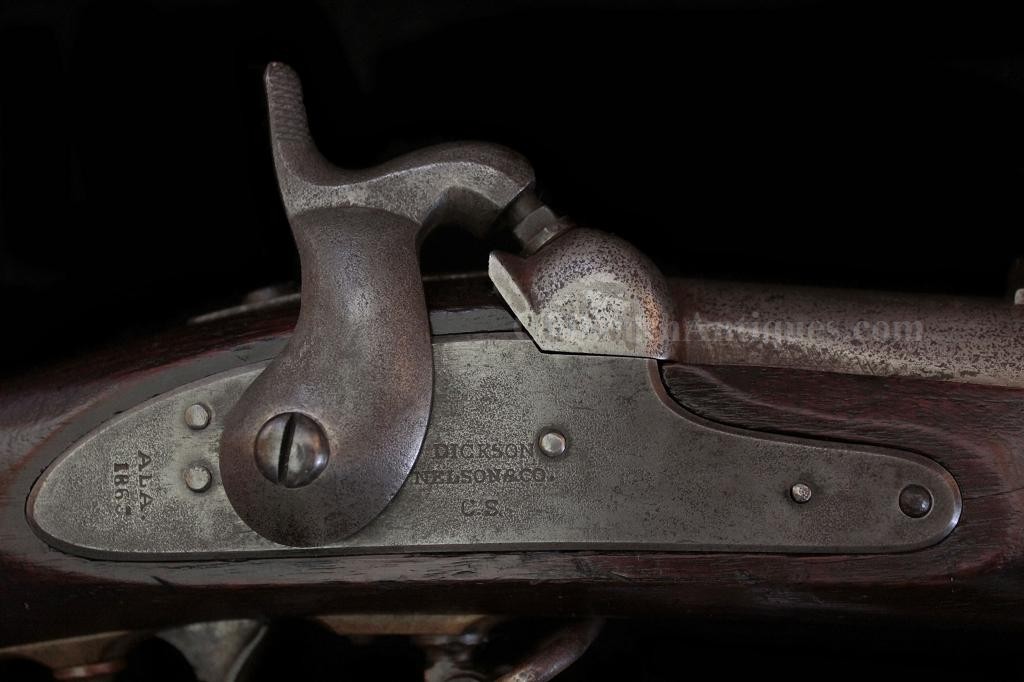
Super Clear Markings!
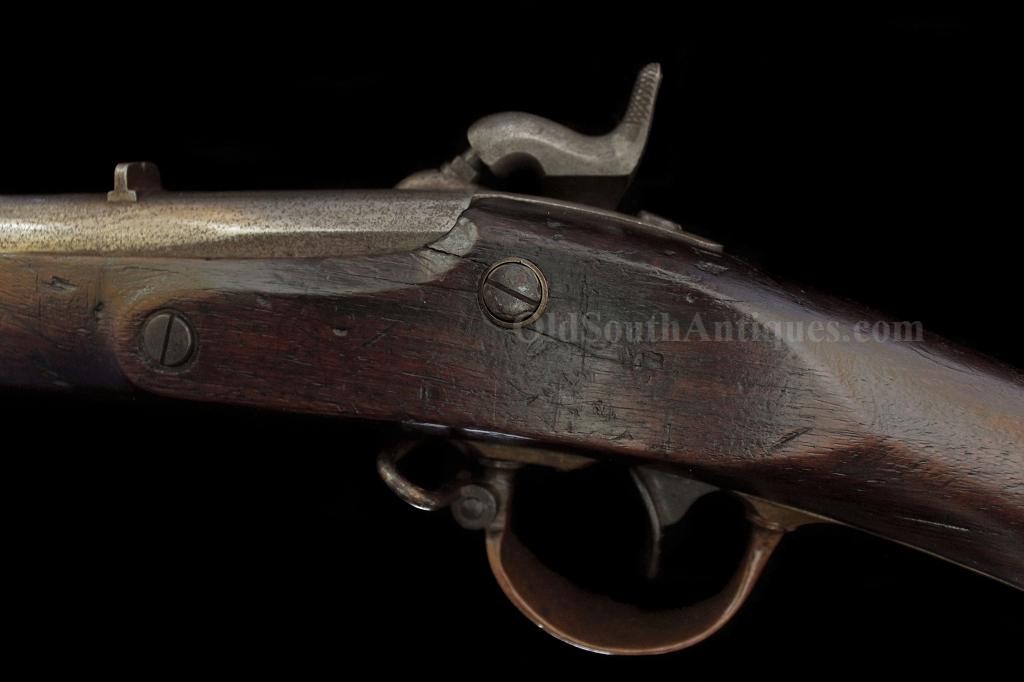
Sharp Edges
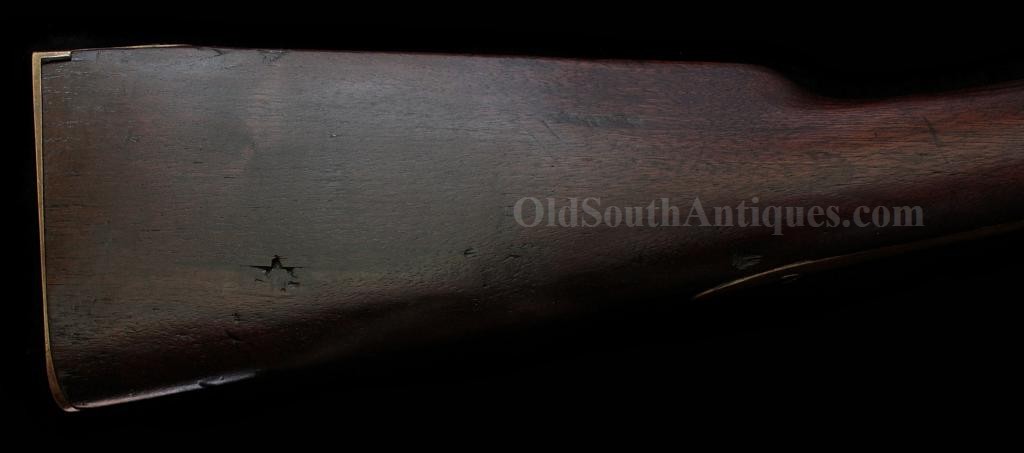
Beautiful Wood

Patina to Die For
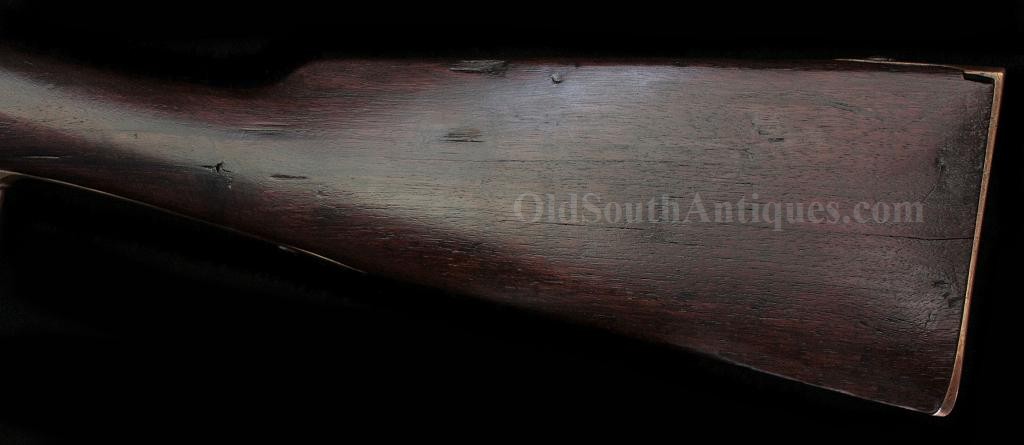
Smoooooth
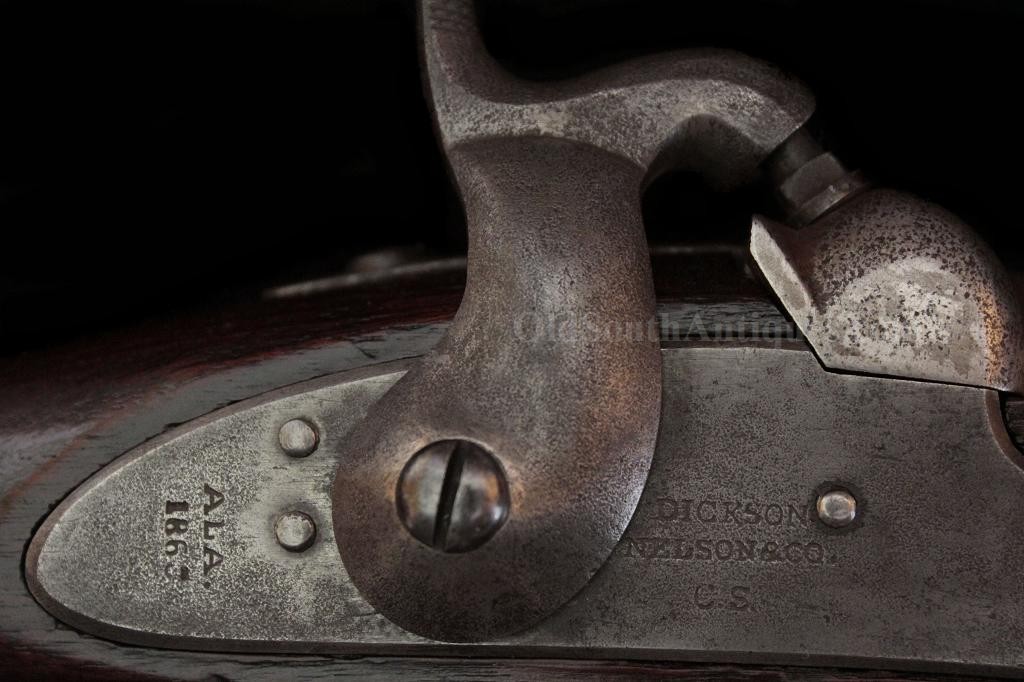
One of only 3, 1863

Beautiful Brass

More of that Beautiful Brass!
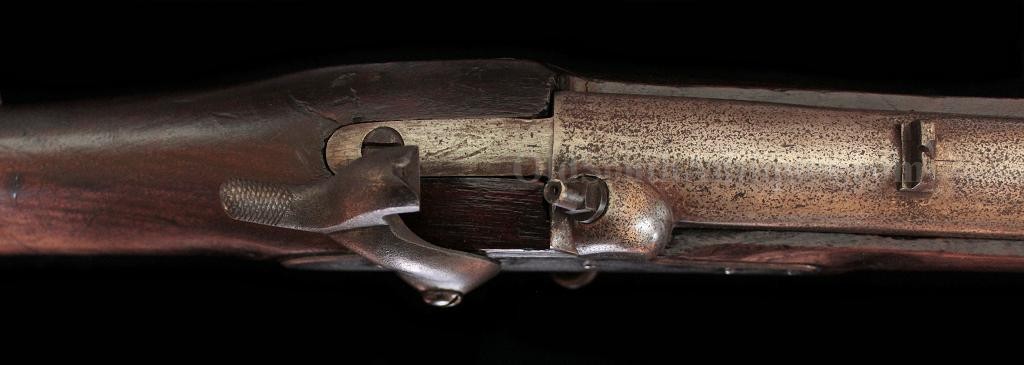
No Burnout or Pitting

Need I say more?

Perfect!

Did I say perfect?
The Shakanoosa Arms Company was established in the spring of 1861 at the west end of Tennessee Valley, at Dickson, Alabama, about twenty miles west of Tuscumbria, on the Memphis, Charleston R.R. at Buzzard Roost (later Dickson, and now modern day Chisca), Colbert County, which is located in northern Alabama. The company was originally formed by Alabama planter William Dickson, attorney Owen Nelson and Doctor Lewis H. Sadler. They had a contract with the State of Alabama to manufacture 5000 arms based on the U.S. Model 1841, "Mississippi Rifle”. The pressures of war forced them to move to Rome, Georgia in the summer of 1862, before they had even completed their factory. In Rome they leased a large brick building, but once again their plans were foiled before they could make the first rifle. Their completed machinery and gun parts were destroyed in the conflagration that took the building.
The company produced arms of the Mississippi "style” at the Adairsville Manufactory until August of 1863, when they were again forced to move. Confederate Rifles and Muskets by Murphy and Madaus, describes these Adairsville rifles based on the one specimen that they examined. It was a .58 caliber, had a 33-inch barrel and was 48 inches in length. "The furniture is of brass, and the flat brass barrel bands are spring retained” … "the rear sight on the specimen examined is a two-leaf type” and the markings are "Dickson” over "Nelson & Co.” over "C.S.” To the rear of the hammer "ALA” over "1864” is stamped in two lines, vertically. The barrel is unmarked externally, except for Alabama acceptance stampings on the upper left side of the barrel. The authors note a "windmill armorer’s mark…attributed to Nathaniel D. Cross, an inspector at the Selma, Arsenal”. The authors further describe this 1864 dated rifle as having an inlet bladefor a front sight. The date, rear sight, bands and windmill which I have italicized are pertinent to this discussion because Murphy and Madaus based their Type I designation on these characteristics found in the one and only specimen that they had examined. They posited that the delineation between Type 1 and Type II models occurred when the company was forced by enemy pressure to relocate to Macon, Georgia and eventually to Dawson, Georgia, where production resumed after February 1864. Murphy and Madaus estimated that "3,600 arms of all descriptions were made at Adairsville through August, 1863.” While it is possible Nelson & Co. repaired 3,600 arms, it is not possible that they "made” 3,600 arms.
In Confederate Longarms and Pistols, by Hill and Anthony, the production is given as "less than 1000”. This figure is much closer to the truth. Even Madaus and Murphy state that only 645 Nelson & Co. rifles can be documented as accepted by the State of Alabama, and another 35 rejected. Based on their rarity, it is likely that this covers nearly all of their production.
The authors describe the Type II production at Dawson, Georgia as having "oval brass barrel bands now of the clamping type. (italics mine) … "are finished in the bright” like the 1863 dated example shown here. They also note a small "G” stamped on the underside of the barrel like that found on this rifle. By comparing dates and configuration of the one rifle examined by Murphy and Madaus and published as a Type I in Confederate Rifles and Muskets and the 1863 dated example published here, it becomes very clear that something is amiss.
The authors do not explain how their example of a Type I, which is dated 1864, can possibly correspond with their posited ending production of the Type I in August of 1863. I do not mean to be critical of the authors, mistakes are bound to happen, the good Lord knows I have made enough of my own. However, the presentation of this rifle is a good opportunity to correct/add to the knowledge base.
The markings, "Dickson” over "Nelson & Co.” over "C.S.” forward of the hammer and "ALA” over "1863” stamped vertically behind the hammer are the only external marks placed on these rifles except in the cases of an Alabama inspector’s mark put on the barrel breach of some rifles, and the "G” on the underside of the barrel. This rifle, like all those designated Type II has a block front sight and a fixed rear sight. It even has the same ramrod, with a hole in the head for a T handle like that shown documented in Confederate Rifles and Muskets. Neither this rifle, nor the two documented in the same work have Alabama acceptance marks.
Murphy and Madaus were of the opinion that "a virtually new type of rifle was made” after the move to Dawson, and the authors designated it a Type II. It is my opinion that Dickson, Nelson & Co. did not fabricate two separate models; that the rifle designated as a Type 1, was merely made up by Dickson, Nelson & Co. by the mingling of some fabricated parts, and some existing parts (which we know for certain they did). The dates prove that it was made well after the so-called Type II was in production, which by definition, means it cannot be a Type I.
In fairness to the authors they noted that they knew of only one other 1863 dated lock plate, and no rifle. So, they assumed that the 1864 dated gun that they designated the Type 1, could have been made in February, 1864 and that the rifles dated 1864 that they knew of were made after that date. Which if there were no 1863 models, would be a reasonable assumption. Even Norm Flayderman stated that there was only one 1863 dated Dickson, Nelson & Co. rifle. However, including this example, I have now documented three 1863 dated rifles, virtually identical, which leaves no doubt that they were producing the so-called Type II, before they were producing the so-called Type I. The so-called Type II dated 1864 are more numerous and at least one 1865 dated example of this model exists.
In conclusion; there are no Type 1 and Type II Dickson, Nelson & Company rifles, there is only the one pattern. That one pattern is identical to this example.
In 1866, Owen Nelson and his associates acquired the properties of the firm and under the name of Dawson Manufacturing Company began to manufacture passenger and freight railroad cars. In 1885 the property was sold to Dawson Works. In 1929 one of the warehouses still had a good many of the unfinished walnut gun stocks, leftovers from the arms manufacturing period.
The rifle offered here is marked, "Dickson” over "Nelson & Co.” over "C.S.” forward of the hammer and "ALA” over "1863”. A small "G” is stamped on the underside of the barrel. The gun is in near unfired condition, as the photos will attest. There is no pitting on the breech, no burnout in the stock. The bore is near mint. Notice that the cone is in near new condition and all of the screw heads are crisp. The gun is finished in the bright. The stock has nicks and dings in it but is in excellent condition.
The rifle is virtually
perfect, and is one of only three known 1863 dated examples, yet it is only $22,500.00. Amazing, isn’t it? Compare that to say, a Griswold & Gunnison
revolver which sells for about 24k in similar condition, or a Spiller & Burr
revolver, which sells for 28k in similar condition. There are literally dozens
of these revolvers in existence for every single Dickson, Nelson & Company rifle.
Copyright © 2024 OldSouthAntiques.com All Rights Reserved.
Privacy Policy | Terms of Use
Powered by Web-Cat Copyright © 1996-2024 GrayCat Systems